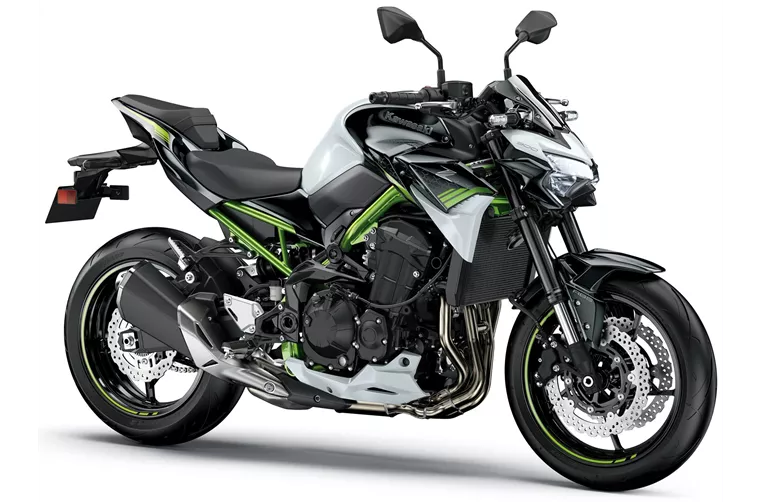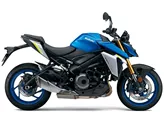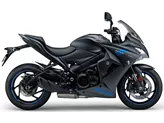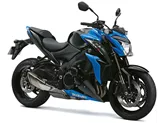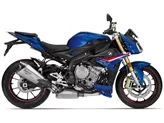Kawasaki Z900 2020 vs. Suzuki GSX-S1000 2018
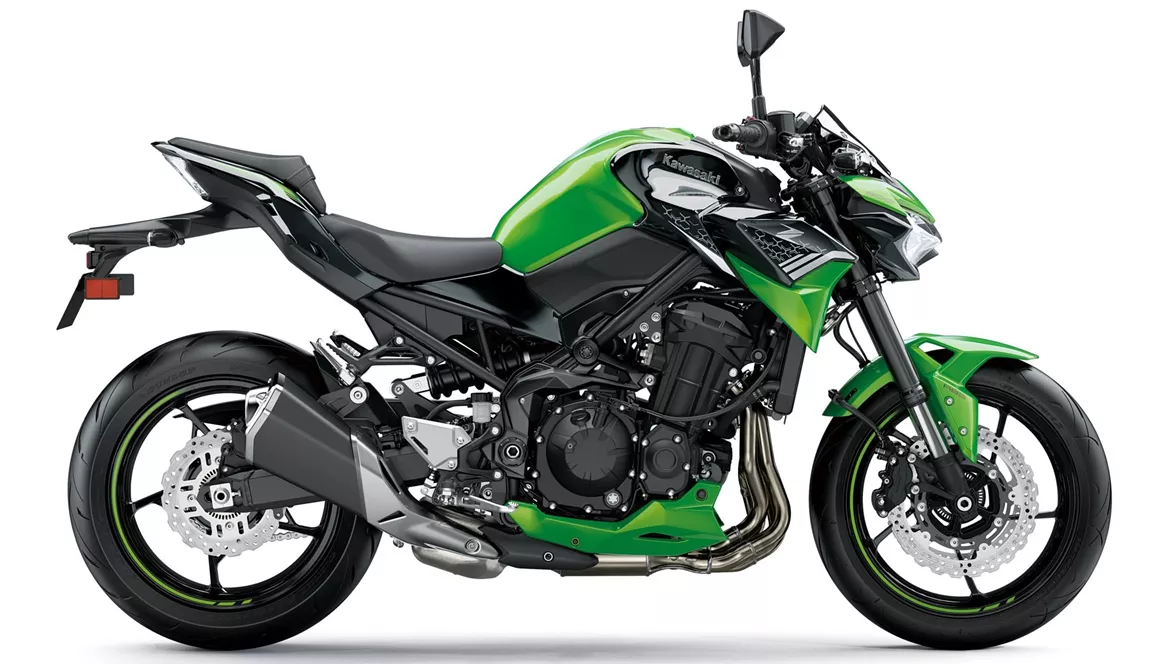
Kawasaki Z900 2020

Suzuki GSX-S1000 2018
Overview - Kawasaki Z900 2020 vs Suzuki GSX-S1000 2018
The Kawasaki Z900 2020 and the Suzuki GSX-S1000 2018 are both naked bikes with similar engine types, inline four-cylinders, and liquid cooling systems. However, there are several notable differences between the two models.
In terms of engine power, the Suzuki GSX-S1000 2018 has a higher output of 149 HP compared to the Kawasaki Z900 2020's 125.4 HP. The Suzuki also has a higher torque of 106 Nm compared to the Kawasaki's 98.6 Nm. This difference in power may result in a more exhilarating and sporty riding experience on the Suzuki.
Both bikes feature fuel injection systems and have four cylinders, providing smooth and efficient power delivery. The Kawasaki Z900 2020 has a slightly smaller displacement of 948 ccm compared to the Suzuki GSX-S1000 2018's 999 ccm.
In terms of suspension, both bikes have upside-down telescopic forks at the front and swing arm suspensions at the rear. The Kawasaki Z900 2020 offers adjustment options for preload and rebound in both the front and rear suspension, while the Suzuki GSX-S1000 2018 offers additional compression adjustment for the front suspension. This may provide more customization options for riders looking to fine-tune their suspension settings.
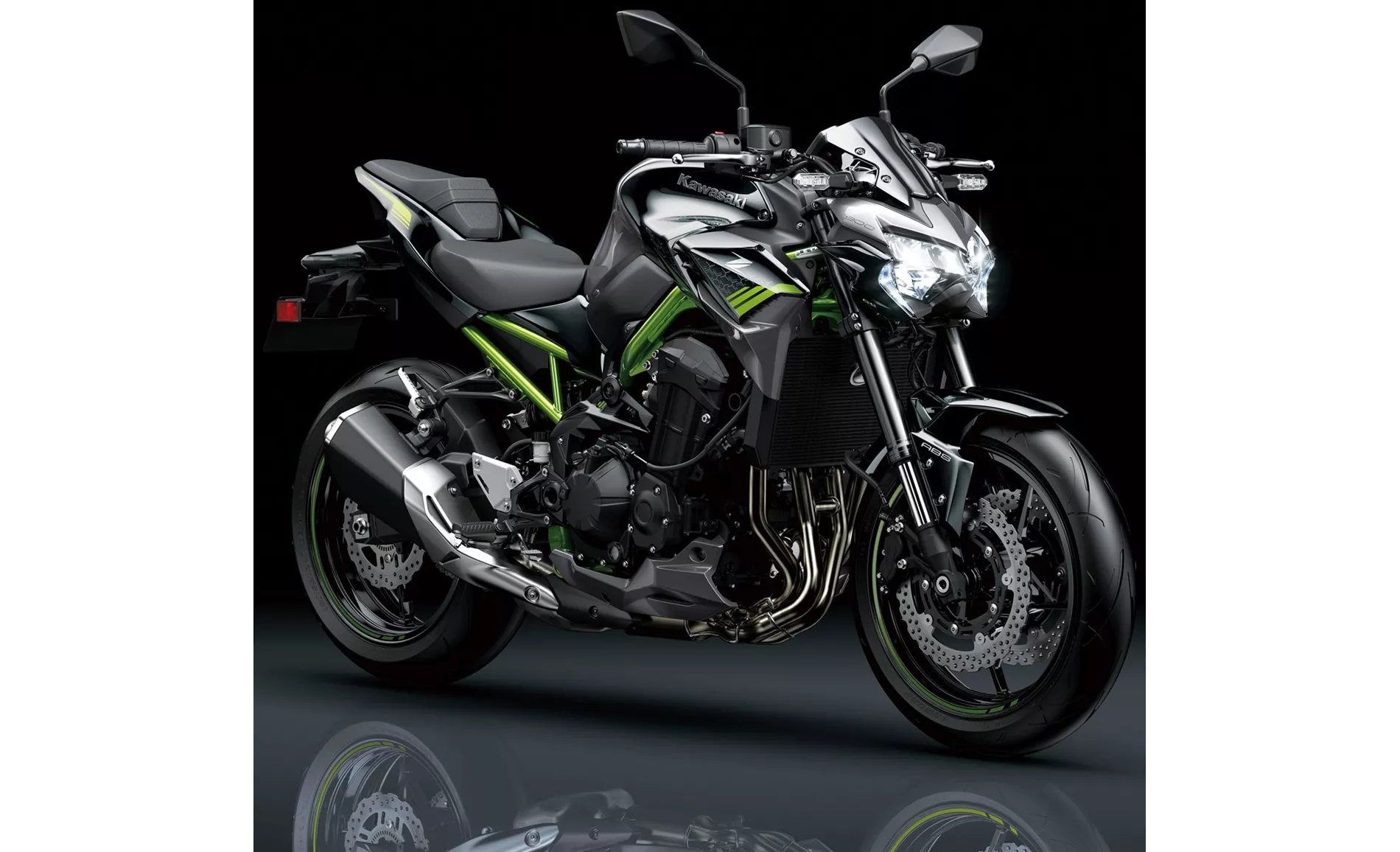
Kawasaki Z900 2020
The chassis of the Kawasaki Z900 2020 is made of steel and features a double cradle frame, while the Suzuki GSX-S1000 2018 has an aluminum frame with a twin tube design. The choice of materials and frame design may impact the overall weight and handling characteristics of the bikes.
Both bikes have double disk brakes at the front with four-piston calipers. However, the Suzuki GSX-S1000 2018 features radial technology in its front brakes, which may provide improved braking performance and feel compared to the Kawasaki Z900 2020's petal technology.
In terms of advanced rider assistance systems, both bikes come equipped with ABS. However, the Kawasaki Z900 2020 offers additional features such as riding modes, ride by wire, and traction control. These features may enhance the overall riding experience and provide added safety and control.

Suzuki GSX-S1000 2018
Both bikes have similar dimensions and weights, with the Suzuki GSX-S1000 2018 having a slightly longer wheelbase of 1460 mm compared to the Kawasaki Z900 2020's 1450 mm. The seat height of the Suzuki is also slightly higher at 815 mm compared to the Kawasaki's 795 mm. The kerb weight of both bikes is very close, with the Suzuki weighing 209 kg and the Kawasaki weighing 210 kg (both with ABS).
In terms of strengths, the Kawasaki Z900 2020 offers a powerful four-cylinder engine, great handling, good equipment, aggressive looks, and value for money. On the other hand, the Suzuki GSX-S1000 2018 is praised for its stable handling, sporty engine, sexy aesthetics, pleasant riding comfort, and dynamic yet serene riding experience.
As for weaknesses, the Kawasaki Z900 2020 has been criticized for its somewhat tiring menu navigation and the lack of a quickshifter option. The Suzuki GSX-S1000 2018 has been noted to be a little jerky when changing from push to load, and some riders feel that a quickshifter with blipper would greatly enhance its performance.
In conclusion, both the Kawasaki Z900 2020 and the Suzuki GSX-S1000 2018 have their own strengths and weaknesses. The choice between the two would depend on the rider's preferences and priorities, whether they prioritize power, handling, advanced features, or overall riding experience.
Technical Specifications Kawasaki Z900 2020 compared to Suzuki GSX-S1000 2018
Pros and Cons in comparison
Pros and Cons in comparison
Kawasaki Z900 2020
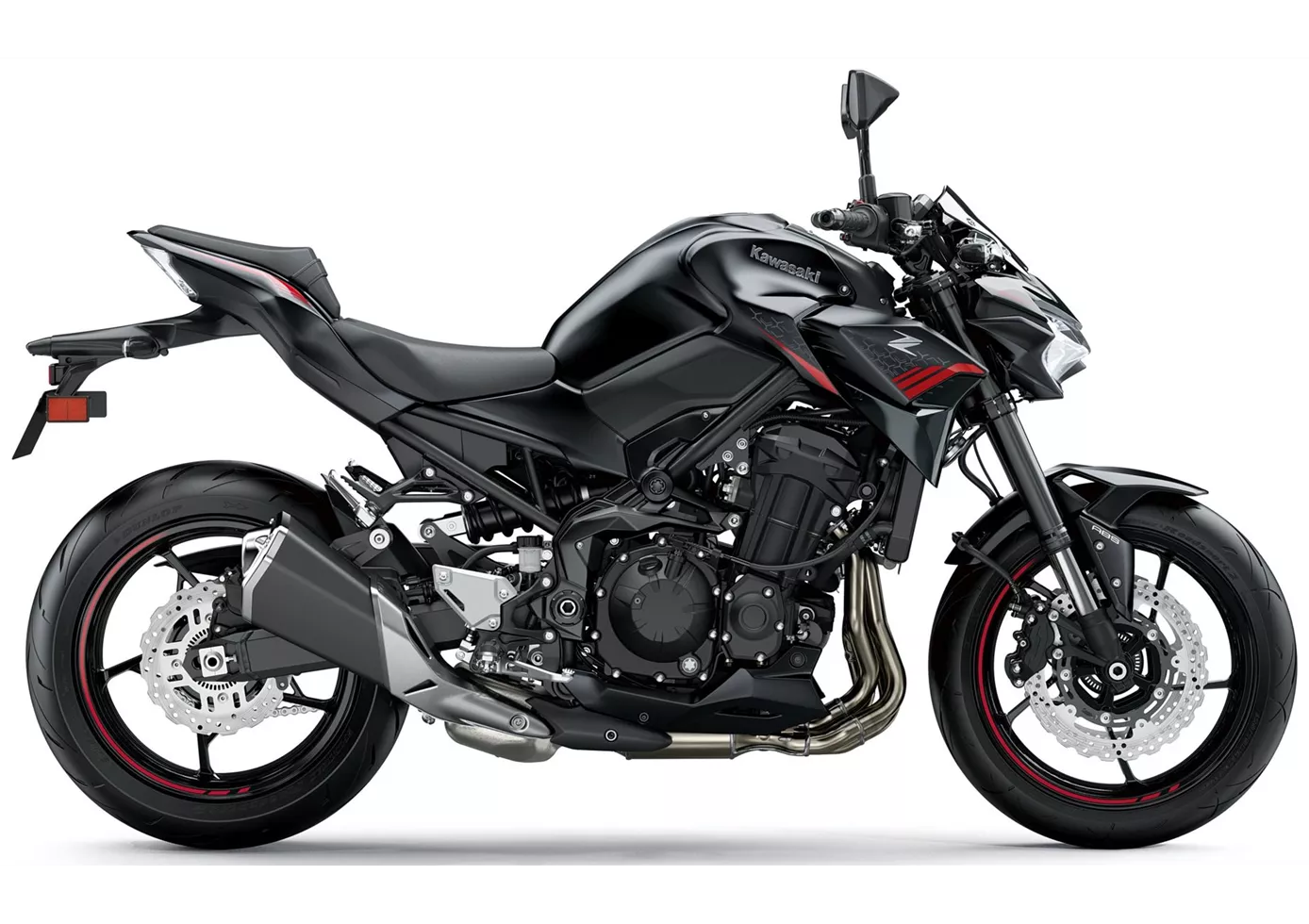
In terms of price-performance, the Kawasaki Z900 is hard to beat at the moment. With the perfectly tuned engine, the high-quality chassis components and the electronics added for 2020, this naked bike offers everything that sporty riders will be looking for. There is really nothing to complain about, even if the option of a quickshifter would have been a nice extra. Apart from that: great shot, Kawasaki!
Suzuki GSX-S1000 2018

The GSX-S 1000 from Suzuki looks sexy, has a powerful sound and really smart hardware. It rides stably, easily and is also fun to ride on tours. If necessary, the engine smokes up violently. But it can also be moved mildly. Compared to the finest Powernakeds, it lacks individual features, but anyone who looks at the price tag will quickly realise: A great choice!
Price Comparison Avarage Market Price Kawasaki Z900 vs Suzuki GSX-S1000
There are a few key differences between a Kawasaki Z900 2020 and a Suzuki GSX-S1000 2018. In terms of price, the actual average price of a Suzuki GSX-S1000 2018 is about 9% higher. Compared to Suzuki GSX-S1000 2018 there are more Kawasaki Z900 2020 bikes available on the 1000PS.de Marketplace, specifically 34 compared to 9. It takes less time to sell a Kawasaki Z900 with 124 days compared to 177 days for a Suzuki GSX-S1000. Since model year 2017 1000PS.de editors have written 46 reviews for the Kawasaki Z900 and 36 reviews for the Suzuki GSX-S1000 since model year 2015. The first review for the Kawasaki Z900 was published on 11/11/2016 and now has more than 93,200 views. This compares to more than 17,100 views for the first review on Suzuki GSX-S1000 published on 27/09/2014.
